- Home
- Research
Research
EIT is a vibrant, innovative and research-led tertiary education institute. Research emphasis is placed on community-centred research and Rangahau Māori in collaboration with East Coast industry, iwi and organisations, as well as with colleagues in Te Pūkenga and other tertiary institutions. Our research addresses East Coast regional business, iwi and local community concerns as well as broader National, and in some areas, International, issues. Find out more here.
Community Health
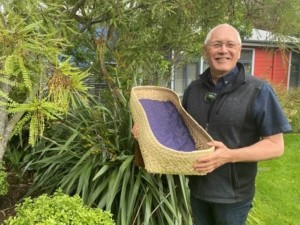 EIT’s Health Research highlights the important and innovative research into health-related issues in the Schools of Nursing and Recreation & Sport, as well as those with other EIT and external collaborators.
EIT’s Health Research highlights the important and innovative research into health-related issues in the Schools of Nursing and Recreation & Sport, as well as those with other EIT and external collaborators.
The aims are to advance health knowledge, clinical practice, health management and health education through high quality research. This also creates opportunity to foster collaborative health research and create links between EIT and research partners.
Te Kura i Awarua Rangahau Māori Centre
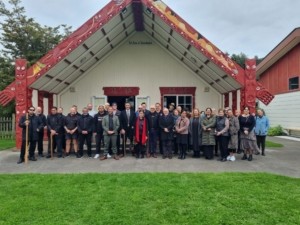
Rangahau Māori has emerged as an important component in the community-focused research strategy of EIT. In keeping with this, Te Kura i Awarua, a new EIT Rangahau Māori Centre, was opened at the Hawke’s Bay Campus of EIT last year. Te Kura i Awarua, which means ‘the precious objects (from Awarua)’ is located on EIT’s Hawke’s Bay Campus in Taradale. The new centre has a number of important research projects in health, food security, archiving and working with the rich history of hapū and iwi in the region and environmental challenges.
Innovative Education
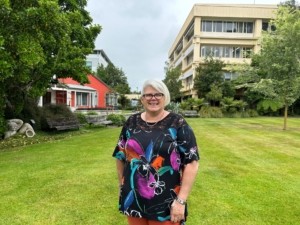 EIT researchers undertake research in educational practices and pedagogies in a broad range of areas, from International Student recruitment practices to use of technology and innovative learning environments in teaching practices, and methods to enhance Māori student success. Read more about some of our innovative projects creating real benefits for our learners here.
EIT researchers undertake research in educational practices and pedagogies in a broad range of areas, from International Student recruitment practices to use of technology and innovative learning environments in teaching practices, and methods to enhance Māori student success. Read more about some of our innovative projects creating real benefits for our learners here.
Creativity and Curation
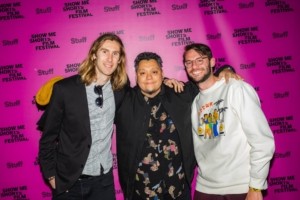 EIT has a long history in the creative arts through our IDEAschool in Hawke’s Bay and Toihoukura school of Māori Visual Arts in Tairāwhiti. Our artists and lecturers are internationally recognised in their fields. Read more about recent projects here.
EIT has a long history in the creative arts through our IDEAschool in Hawke’s Bay and Toihoukura school of Māori Visual Arts in Tairāwhiti. Our artists and lecturers are internationally recognised in their fields. Read more about recent projects here.
Sustainable Futures
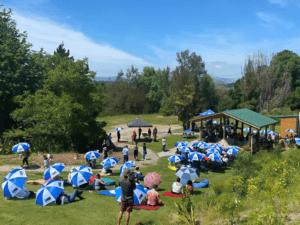
EIT has a proud history of promoting and fostering sustainability, whether it is is though practices on Campus or through its research.
Health and Sports Science

Accelerating health outcomes in the community is a focus for EIT’s School of Health and Sport Science, with lecturers conducting meaningful local research.
Research Updates and Newsletters
 The EIT Research and Innovation Centre produces regular newsletters to showcase the achievements of our researchers and highlight research events coming up. Here is a full list of the newsletters.
The EIT Research and Innovation Centre produces regular newsletters to showcase the achievements of our researchers and highlight research events coming up. Here is a full list of the newsletters.
Research news
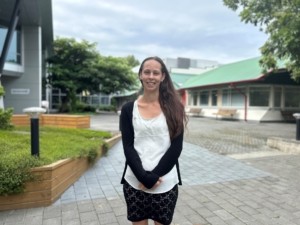
Our researchers undertake a number of meaningful projects that have a meaningful impact on our communities. We work with local groups to achieve results and provide solutions. Here is a snapshot of some of the good work being done by our researchers.
Q&A with our researchers

EIT has many talented researchers who are conducting meaningful community research. In this Q&A series we find out why they love research, what they currently working on and how EIT has encouraged them in their research.
Spotlight on Early Career Researchers
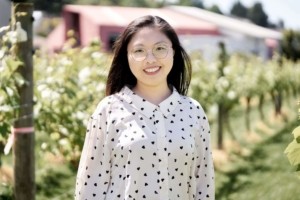
Te Pae Tawhiti – EIT Teaching and Learning Conference
ITP Research Symposium 2019
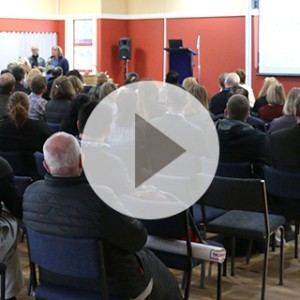 The 2019 ITP Research Symposium, an annual event, was held for the first time at EIT. This was a hugely successful two-day event over 15 & 16 April which saw over 200 delegates attending from thirteen ITPs. There were 63 presentations in total (22 of these by EIT researchers) which were themed around “community-centred research”.
The 2019 ITP Research Symposium, an annual event, was held for the first time at EIT. This was a hugely successful two-day event over 15 & 16 April which saw over 200 delegates attending from thirteen ITPs. There were 63 presentations in total (22 of these by EIT researchers) which were themed around “community-centred research”.
Four strands within this included:
- Engaged arts
- Inspired teaching and learning
- Community Health
- Sustainable
EIT co-hosted this event with Otago Polytechnic which provided a great opportunity for us to strengthen our links with this institution. One highlight of the event was a public concert held at the MTG showcasing Professor Matthew Marshall (guitar), Tessa Petersen (violin) and Heleen du Plessis (cello) and incorporating poetry narrated by Dame Kate Harcourt & Sir Jon Trimmer.
Two exhibitions were also held – one at IDEAschool and one by Toihoukura at Te Ūranga Waka. These involved art work contributions from five institutions and around 30 artists.
A public display was mounted at the arrivals lounge of Hawke’s Bay Airport which profiled this event. Our grateful thanks to the IDEAschool team who were involved in setting up this display.
We are grateful to the Research & Innovation Centre for organising this successful event which showcased EIT research as well as research from across the ITP sector. Particular mention should be given to Professor Nat Waran, Associate Professor Jonathan Sibley, Professor Matthew Marshall along with Pippa McKelvie-Sebileau and Louise Bevin for their efforts in organising this successful event.


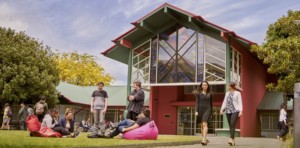 Please contact our research teams to discuss your research needs.
Please contact our research teams to discuss your research needs.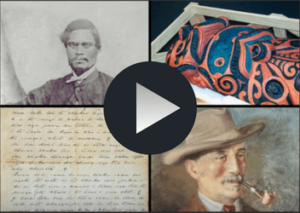 Celebrating the Treasures of Awarua
Celebrating the Treasures of Awarua